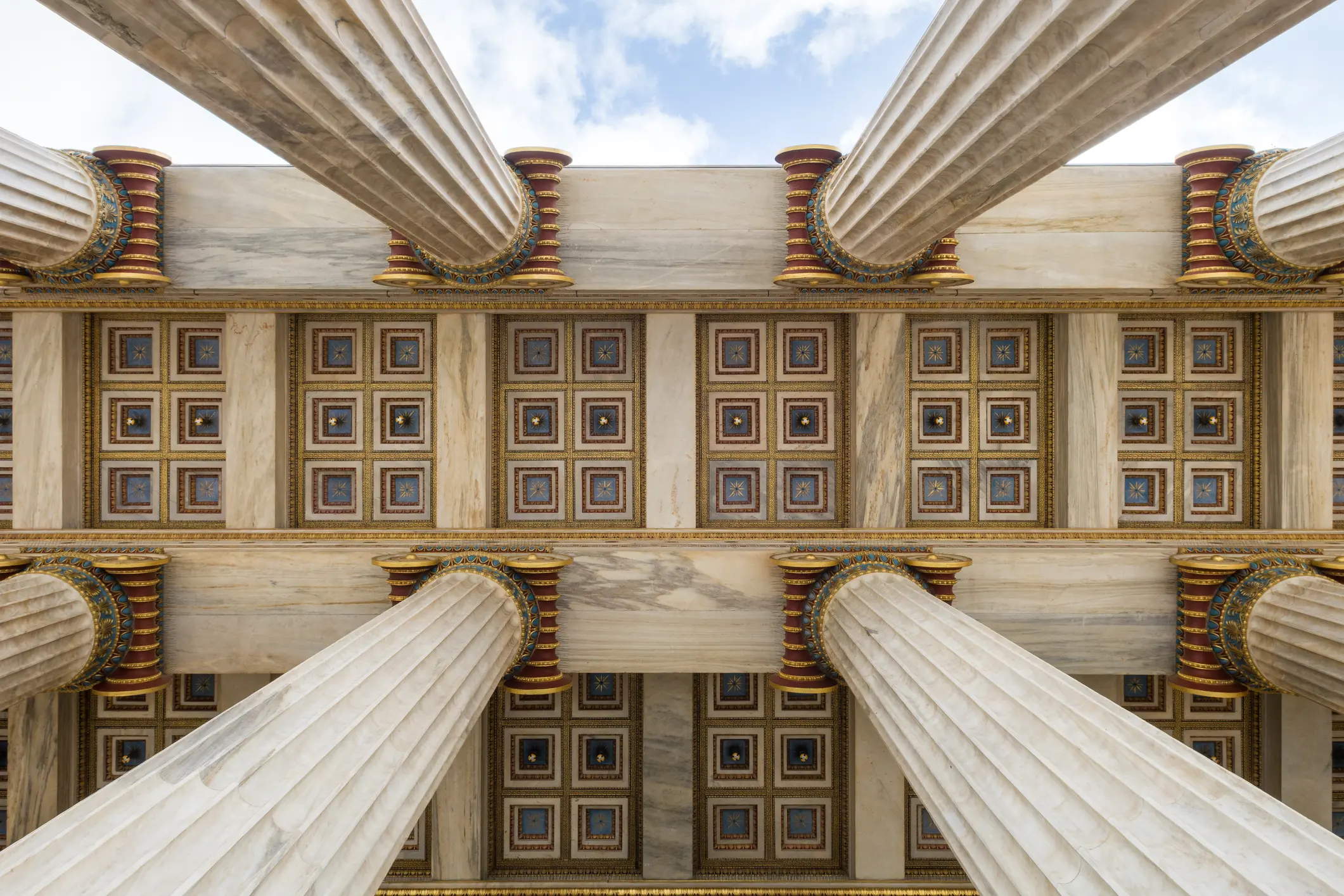
Week in Review: September 1, 2023
May 9, 2023
Recap & Commentary
Markets ended the week higher, closing out August on a high note after the S&P 500 fell by nearly 5% during the first half of the month. A spate of economic data corroborating the recent narrative that economic growth remains modest, if not robust, helped fuel the rally. A decline in interest rates across the Treasury yield curve also helped.
The August employment report showed 187K new nonfarm jobs were added during the month, while unemployment jumped 0.3% to 3.8%, its highest level since February 2022. The seeming contradiction was the result of 736K individuals entering the labor force in search of work, increasing the labor force participation rate to its highest post-pandemic level. The higher participation level, and thus higher unemployment rate, coupled with a decline in job openings, was likely welcomed by the Fed. Weakening labor market conditions, which have proven surprisingly resilient through the Fed’s rate hike cycle, should lessen the pressure on the Fed for additional rate hikes. That was evident in market expectations for future rate hikes, which saw expectations for a 0.25% rate hike in November slip from 47% a week ago to 36% on Friday.
In response to additional signs of economic weakness in China and news of another large developer on the cusp of default, Chinese officials announced a slew of new stimulus measures including reducing down-payments for home buyers, encouraging banks to reduce rates on existing mortgages, increasing tax breaks related to childcare, education, and care for elderly parents; and cutting taxes on stock trading. Like most stimulus measures, it will take time to determine the efficacy of the new measures.
Economic Commentary
Jobs data showed labor market supply and demand finding more balance. Nonfarm payrolls added 187K jobs in August, better than the expected 170K. Despite the monthly increase in jobs, the unemployment rate increased to 3.8% due to a rise in the labor force participation rate to 62.8%, the highest level since just prior to the onset of Covid-19. Earlier in the week it was reported that job openings in July fell to 8.8M. Expectations had been for 9.5M open positions. Job openings, while still high at 1.5 jobs per unemployed worker, have fallen by 1.5M positions over the past three months. These recent trends are likely to put downward pressure on wage inflation moving forward.
Core PCE inflation was in line with expectations, up 0.2% in July and 4.2% from a year ago. The reading showed the continued divergence between goods and services, with goods prices declining 0.3%, while services prices rose 0.4%.
Consumer spending remained robust in July, increasing by 0.8%, the fastest rate in six months. Spending was strong for both goods and services during the month, increasing 0.7% and 0.8%, respectively. The recent strength in spending comes as the personal savings rate declined to 3.5% in July, down from 4.3% the prior month. Personal incomes have increased 4.6% in the last year, but have lagged spending, which increased 6.4% over that same period.
Of Note
Reflecting continued strong consumer demand, according to AAA, Labor Day weekend international travel bookings- flights, hotels, rental cars, cruises- increased 44% from a year ago, while domestic bookings increased 4%.
Market Indices (As of 09/01/2023)
- ISM Services
- Consumer Credit
- Factory Orders
- Trade Balance
- Weekly Jobless Claims










